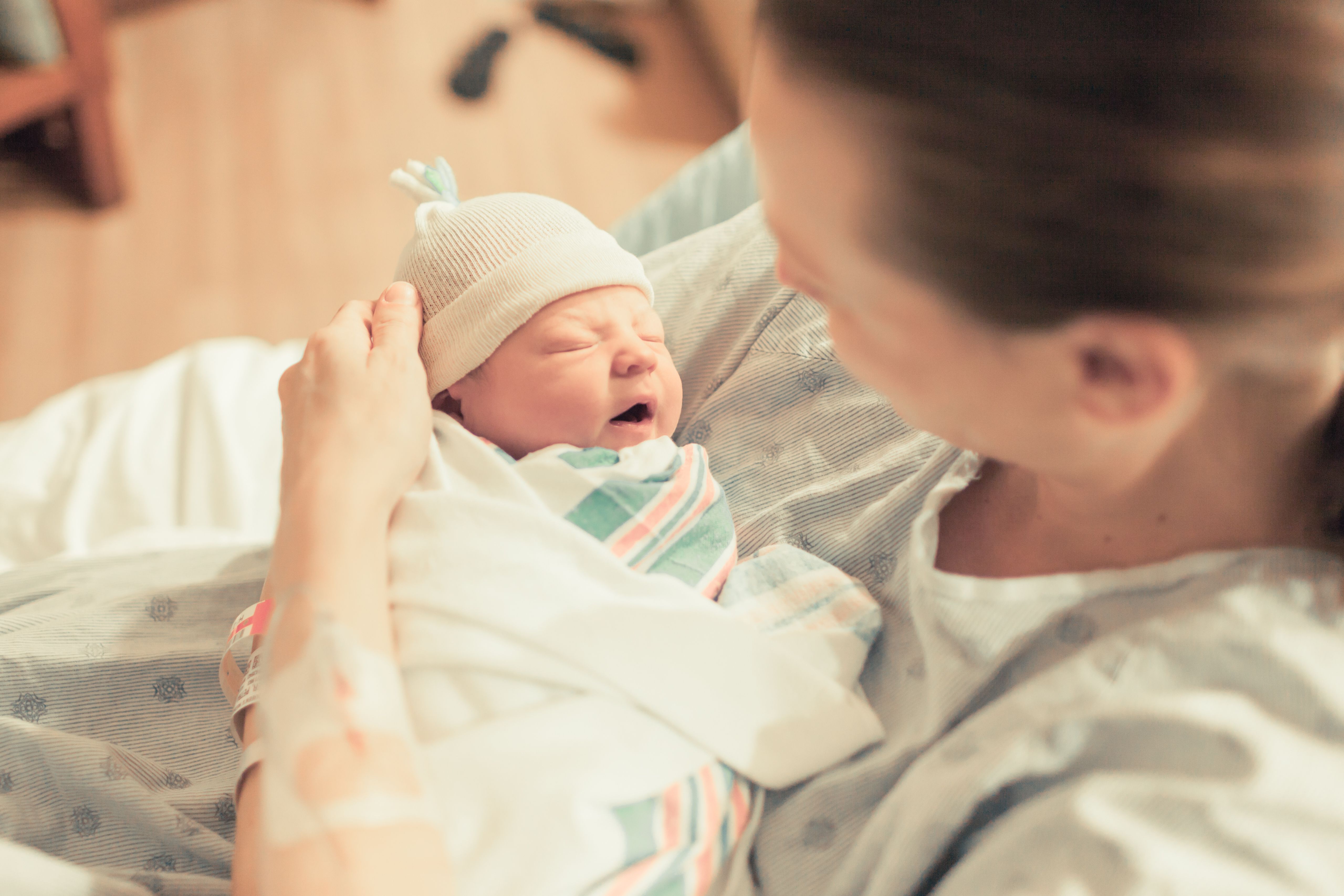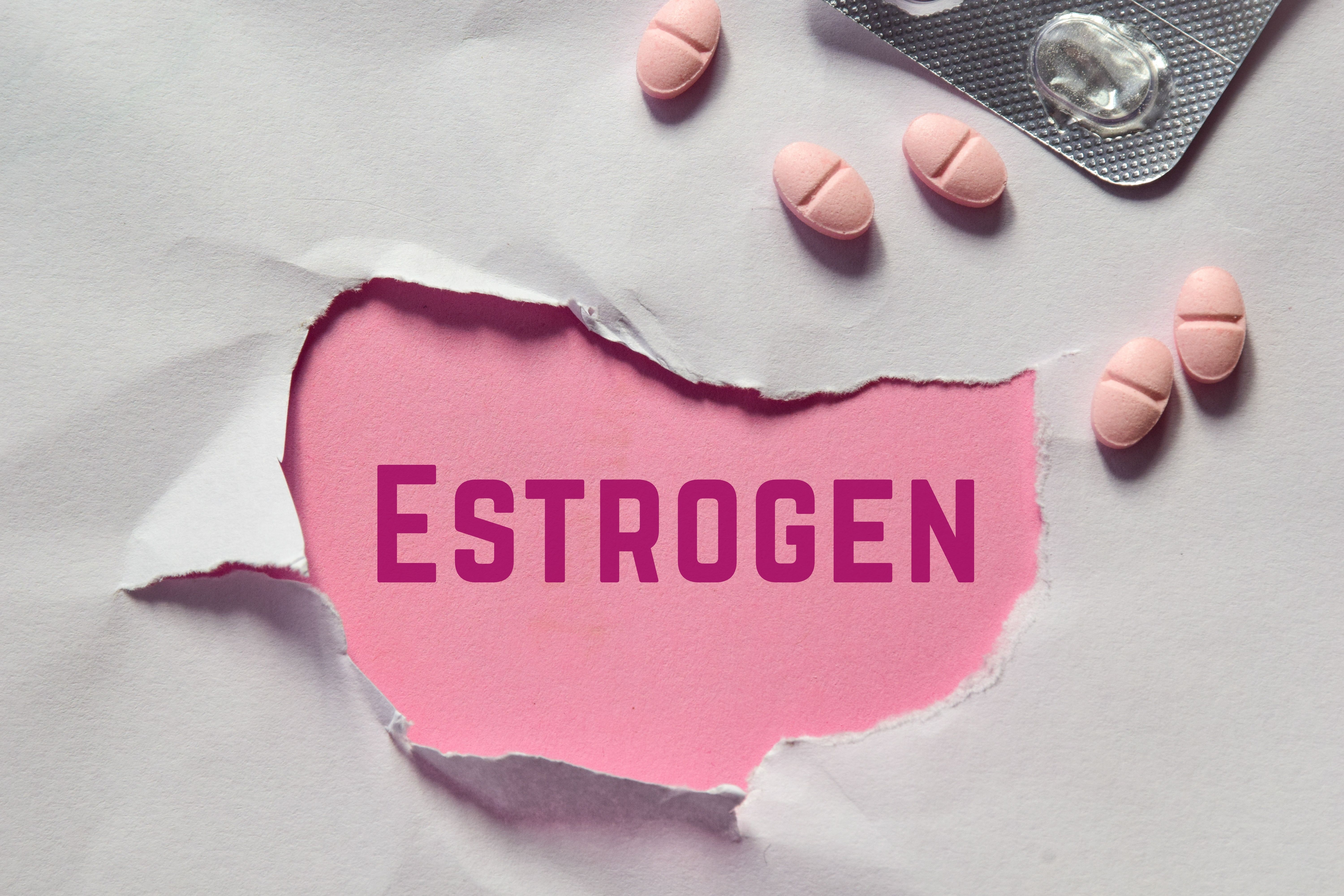Article
US Women Dying in Childbirth but Spending More on Healthcare, Under Stress, Report Finds
Author(s):
The Commonwealth Fund report compared the status of health and healthcare for women in the United States to that of 10 other wealthy countries, including the United Kingdom, Canada, Germany, and Australia.
As obstetricians and women’s health advocates celebrate a new law that will try to explain the rising numbers of US women dying in childbirth, a recent report from the Commonwealth Fund shows that health problems for the nation’s women start well before pregnancy.
The report, “What is the Status of Women’s Health and Health Care in the US Compared to Ten Other Countries?” asks that question and finds grim answers when evaluating women’s health status alongside that of women in other wealthy nations, including the United Kingdom, Canada, France, Germany, and Australia.
In general, women in the United States spent more out of pocket and get less for it, put off care, and worry so much that stress levels are the highest among the countries studied. US women also have more chronic conditions, which could explain why pregnancy proves so difficult.
The study found:
- US women are more likely to die in childbirth: there are 14 deaths per 100,000 live births, a rate that has doubled since the mid-1980s and prompted Congress to pass the Preventing Maternal Deaths Act this month, which President Donald Trump signed December 22, 2018.
- US women are sicker: 20% report at least 2 chronic conditions, such as high blood pressure, diabetes or asthma; the next highest rate was 16% for Canada, and in most countries the rate was 13% or less.
- US women have the most stress: 34% answered “yes” to when asked if they had experienced great sadness or anxiety over the past 2 years; only Sweden and Canada had rates above 30%.
- US women report the lowest quality care: only 26% rate the quality of their healthcare as excellent or very good. The next lowest rate was Sweden at 33%, and 8 countries reported rates of 47% or higher.
- US women skip care, and then seek emergency care: Women in this country are far more likely to put off seeking health care—38% report skipping healthcare they need, with the next highest rate coming from New Zealand 27%. Then, US women end up seeking care in the emergency department, with 37% reported such care in the past 2 years. Sweden was tied with the US and Canada was higher at 45%. In Germany, the rate was 12%; in the United Kingdom, 21%.
- US women spent a lot out-of-pocket for health care. At 26%, US women were topped only by those in Sweden (28%) at spending $2000 or more in the past year in out-of-pocket costs on healthcare. Nearly half (44%) of US women report problems with medical bills, compared with 2% of women in the United Kingdom. Seven countries reported rates of 22% or less.
“When it comes to affordable health insurance and healthcare, US women stand out from other countries as uniquely disadvantaged,” Sara Collins, study co-author and president for Healthcare Coverage and Access at the Commonwealth Fund, said in a statement.
“They are more likely than women in most wealthy countries to face high out-of-pocket costs to report problems paying medical bills. To do better for women, state and federal policy makers could expand Medicaid in states that haven’t yet done so. They could also maintain the Affordable Care Act’s comprehensive benefit requirements, including maternity coverage and free preventive care, and improve the cost protection that private plans provide.”
Reference
Gunja MZ, Tikkanen R, Seervai S, Collins SR. What is the status of women’s health and healthcare in the US compared to 10 other countries? Published online December 19, 2018. The Commonwealth Fund. doi.org/10.26099/wy8a-7w13.





